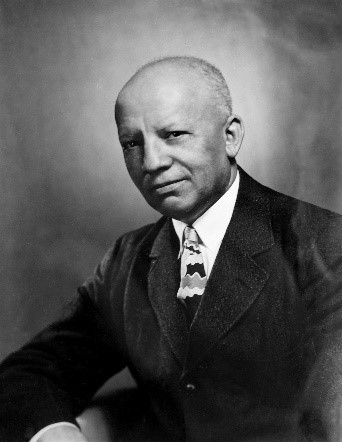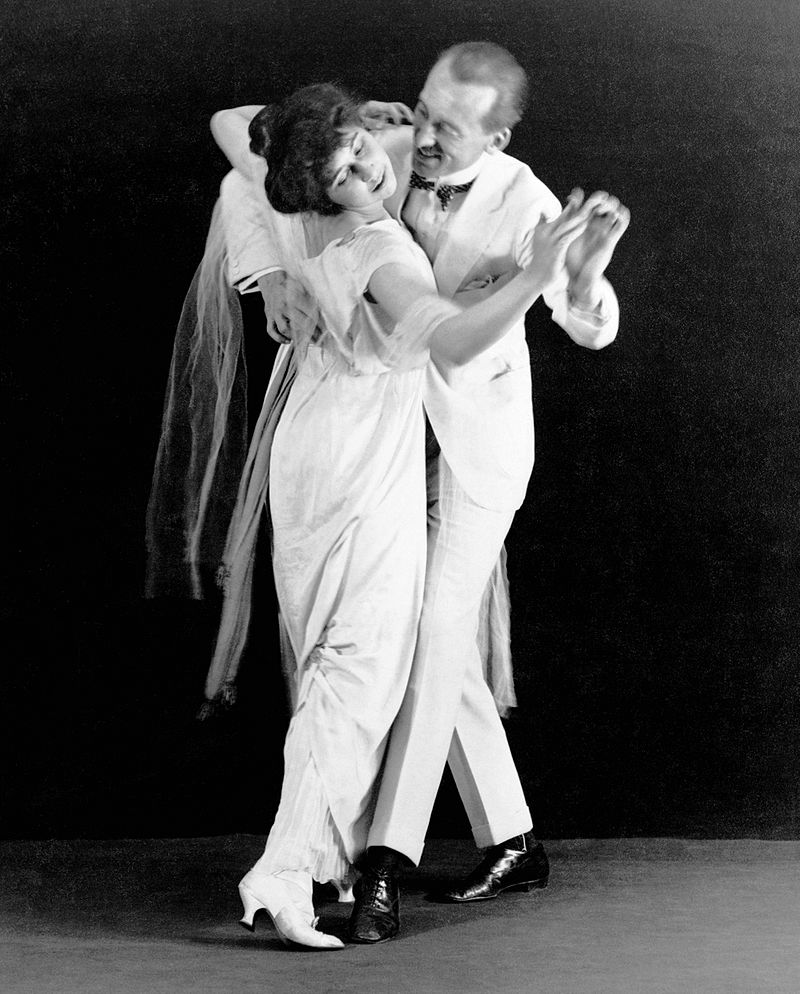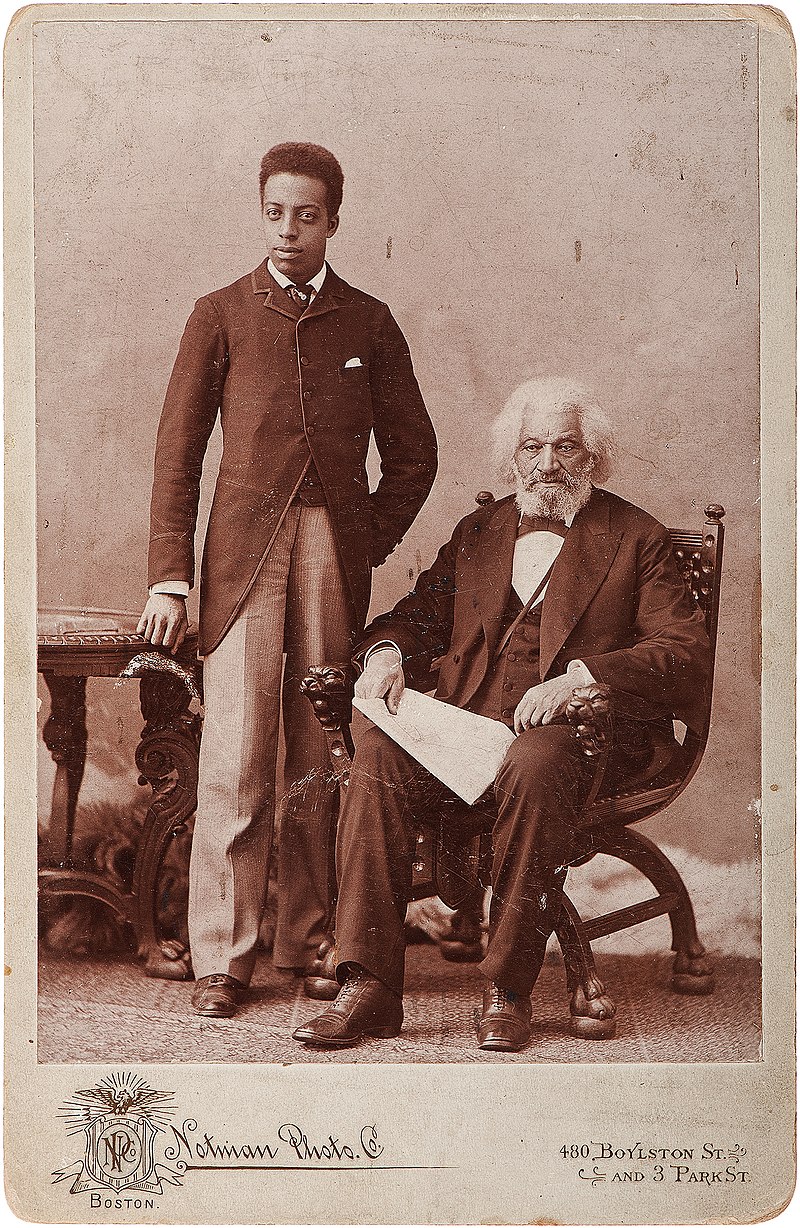
Syncopated Brass Bands 1
Ragtime emerged because of the transformation of improvised, syncopated piano pieces into inexpensive sheet music publications easily accessible to the middle-class public. Publishers, composers, and performers utilized the ragtime label to create songs and orchestrated repertories. These works were popularized in performances notably by "March Kings" John Philip Sousa, James Reese Europe, and their bands, incorporated into Broadway shows and other mainstream entertainments, and made available on early sound recordings. In the first decade of the twentieth century, ragtime songs became central to new dance practices growing out of the nineteenth-century cakewalk and two-step. White performers such as Vernon and Irene Castle popularized the one-step and other trotting dances using the ragtime songs of Irving Berlin (1888-1989) and others, along with syncopated instrumental works that African American bandleader James Reese Europe (1881-1919) composed for them.
Mobile native James Reese Europe (1881-1919) was an accomplished orchestra conductor, bandleader, and composer of popular songs, marches, and dance music during the early twentieth century. A key figure in the transformation of orchestral ragtime into jazz, Europe was an effective champion of African American musical performers and composers and helped to gain acceptance for them in the United States and abroad. As a result, he was an important influence on the evolution of American music at a pivotal time in the nation's history.
(Badger 1995)
Europe's musical education allowed him to meet many notable individuals who would impact his musical career. His early music instruction included musical instruction on the piano and violin. His early violin teacher was Joseph Douglass, grandson of the abolitionist Frederick Douglass. He later went on to study composition with a former member of the Leipzig Conservatory and with an assistant director of the U.S. Marine Corps Band. After graduating and moving to New York, he continued his formal studies with Harry T. Burleigh, a former student of renowned Czech composer Antonín Dvořák at the American Conservatory. He also studied with Melville Charlton, composer and well-known organist at St. Philips Episcopal Church (Badger 1995), remembered today for being the first African American to pass the American Guild of Organists examination ("Melville Charlton Collection" n.d.).
| Information from the Harrisburg Telegraph, Harrisburg, Pennsylvania Saturday, December 23, 1922, Page 14 |
||
|---|---|---|
 Melville Charlton (1880-1973) |
 Photograph and Newspaper Clipping Revealing and upcoming Organ Recital by the First African American to Pass the American Guild of Organist's Exam Photograph and Newspaper Clipping Revealing and upcoming Organ Recital by the First African American to Pass the American Guild of Organist's Exam |
|







